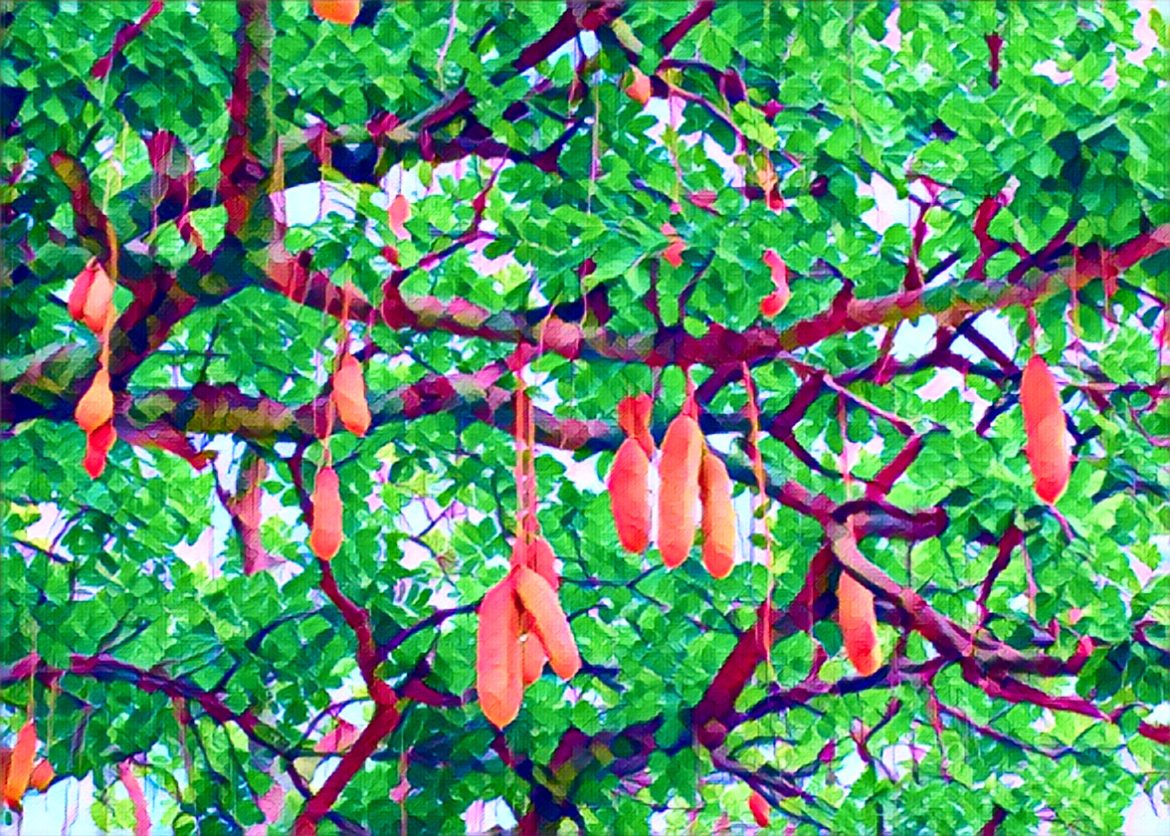In rural Hwedza, Zimbabwe, the sound of axes chopping down trees echoes across Mhare River. But these aren’t just any trees. People are chopping down the giant mumvee trees, also known as sausage trees because of their long, sausage-shaped fruits. These trees are being harvested for their bark and fruit, believed to have powerful medicinal properties.
Romeo Chisunga, a 38-year-old from Hwedza South, is one of the many people cashing in on the mumvee boom. “I have a ready market in Harare,” he says. “People come here to buy the dried bark or its powder because it is seen as a medicine.” Chisunga sells a sack of dried bark for $20 and a bucket of powdered mumvee fruit for $40.
The demand for mumvee, scientifically known as Kigelia Africana, has exploded in Zimbabwe. Locals believe the tree has a wide range of health benefits, from treating diabetes and cancer to improving men’s libido. Many also claim that the tree has anti-inflammatory and antioxidant properties, even though there is no scientific proof backing these claims.
As a result, many people have started harvesting mumvee trees to meet this high demand. Heaps of mumvee barks and fruits can be seen drying on rooftops across Hwedza. In local markets in Marondera and Harare, small bottles of powdered mumvee are sold for $1 each and are flying off the shelves.
However, not everyone is thrilled about this new trend. Environmentalists and health experts are worried about the long-term effects of over-harvesting mumvee trees. The tree is mostly found in Zimbabwe’s hot, dry regions and was one of the few species that survived the 1992 drought. With the current rate of deforestation, there are growing concerns that the mumvee tree could soon become extinct.
Environmentalist Pelagia Kanyandura is calling for urgent action to protect these trees. “The authorities need to step in and create policies to stop the uncontrolled cutting down of mumvee trees. If nothing is done, this species could disappear,” she warned.
The Environmental Management Agency (EMA) also stresses the importance of sustainable harvesting. Astas Mabwe, the EMA’s Mashonaland East provincial information and publicity manager, advises locals to use better harvesting methods to protect the tree species.
Yet, sustainable practices are not a priority for people like Chisunga, who depend on selling mumvee bark and fruit for their livelihood. Chisunga continues to move from place to place, searching for more mumvee trees to harvest, driven by the immediate profits the tree brings him.
The rush for mumvee trees highlights a significant challenge in balancing traditional practices with environmental conservation and sustainable use of natural resources in Zimbabwe.
Source: Newsday


